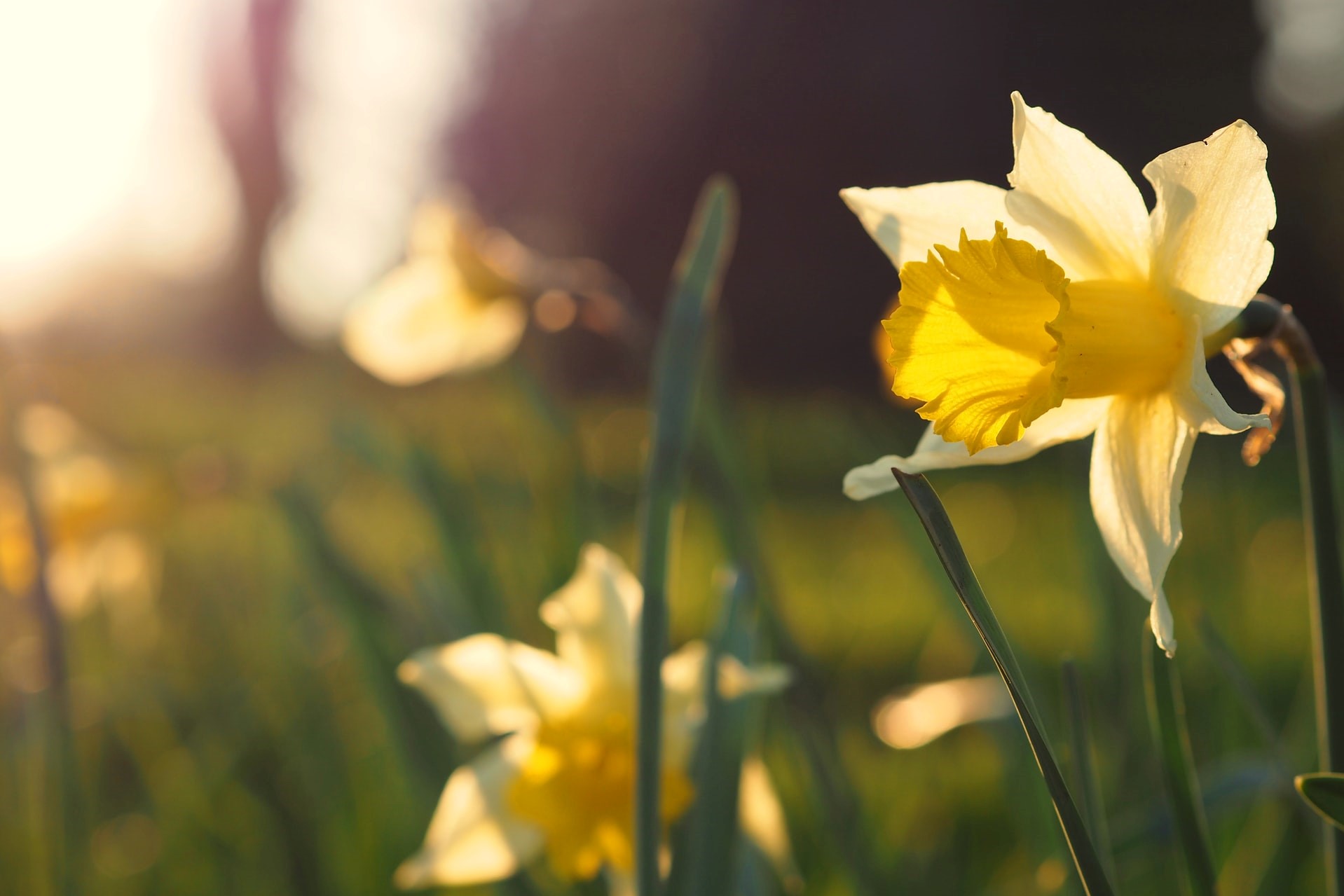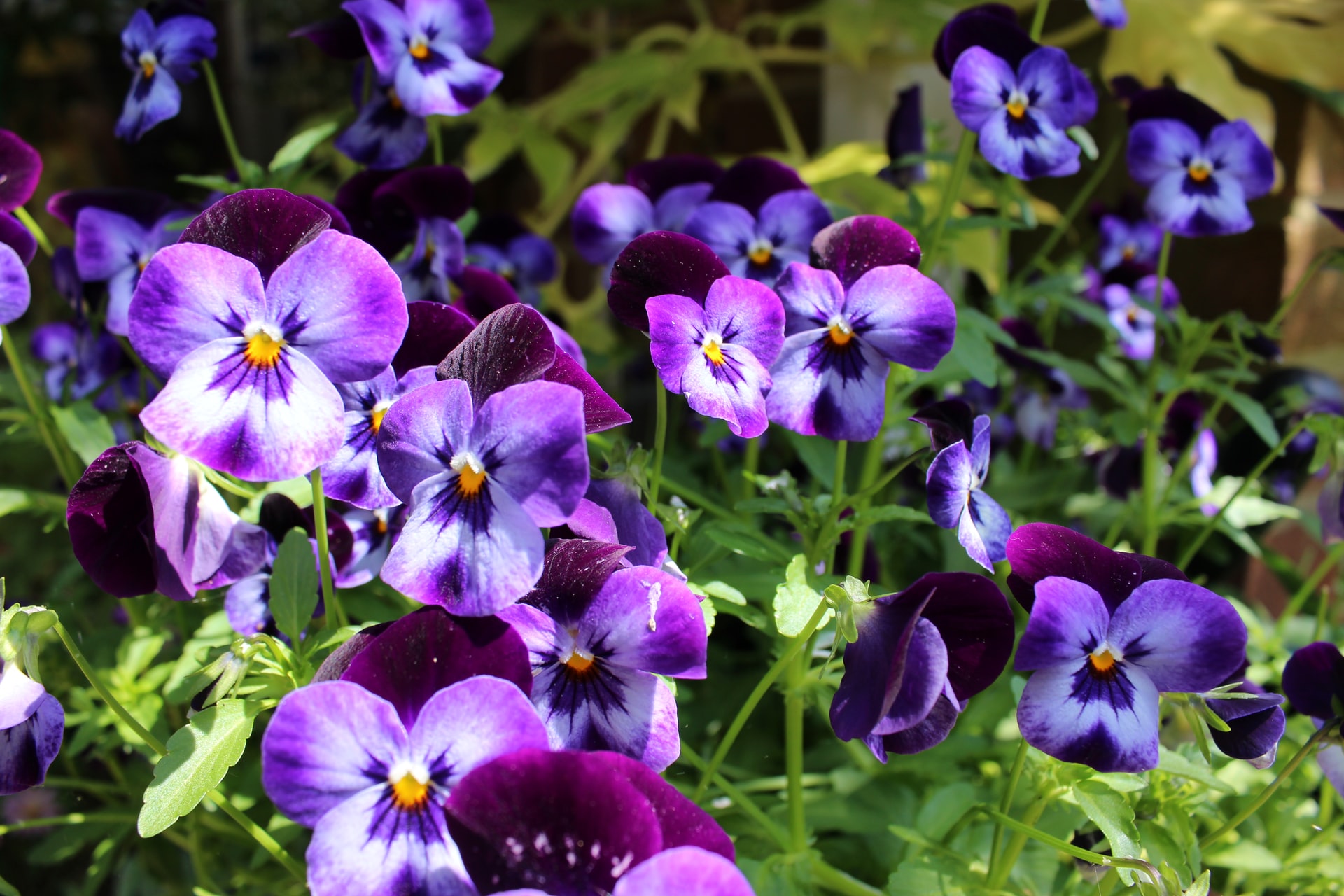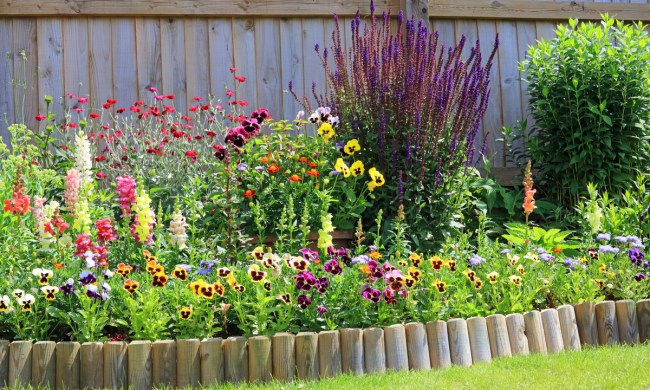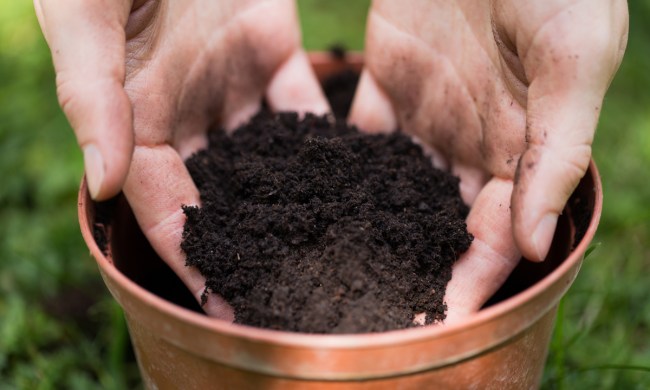April showers bring May flowers, but what if you can’t wait until May? Or April, for that matter? What flowers can you plant to get beautiful flowers as early as possible? These questions and more are answered, just for you!
What is the earliest blooming spring flower?
There are several flowers you can plant for early blooms, and some that begin blooming in late winter. Snowdrops, reticulated iris, and winter jasmine all put out blooms in late winter, making them stand out among the rest as early risers. Snowdrops have small flowers with white, oblong petals. Reticulated iris have blue or purple flowers and curving petals. Winter jasmine is a shrub that looks similar to forsythia, an early spring shrub, with little, bright yellow flowers dotting the branches.
If you’re looking for the first flowers to bloom after the last snow melts, then you’ll likely want crocus, hellebore, or pansies. Crocus are small, cup-shaped flowers, typically blue, purple, or white. Hellebore have flowers that, interestingly, face downward and come in a wide array of purples. Pansies come in almost any color or combination of colors.
What flowers bloom in spring?
Many flowers begin blooming in spring, although not all do. There are a few flowers that have become almost synonymous with spring. Aside from those listed above, there are daffodils, tulips, camellias, hyacinth, and primrose.
Daffodils in particular are known, especially throughout the American South, as the flowers of spring. Although they aren’t the earliest bloomers, they mark the beginning of spring for many people with their cheery yellow blooms.
Tulips come in a variety of colors, from classic red to unconventional parrot tulips, and are a cornerstone of Mother’s Day.
Hyacinth comes in blue, pink, and yellow, and the grape hyacinth, which shares a name but is not related, is a common purple wildflower that blooms in early spring, as well.
Camellias bloom in stunning reds, elegant whites, and soft pinks. Primrose is a delicate, round flower that typically has two or even three colors per blossom.
When should you plant flowers to bloom in spring?
The majority of plants can be planted in the fall and will lay dormant through the winter to bloom in spring. The exact time will depend on the climate where you live. In general, you want to plant them just as the weather begins cooling. If they’re planted when it is still warm, they may begin sprouting before winter, and the frosts will likely kill them. However, if you wait too long, it will be too cold and the ground too hard for planting. Make sure your plants are nice and warm with a layer of leaf mulch, and all you have to do is wait!
In general, seeds need to be just an inch or two under the surface. Bulbs, due to their bigger size, need to be planted an inch or two deeper than seeds, and larger bulbs may need to be planted another inch or so below that. Planting mature plants depends much more on the exact plant you have, but, in general, you want a hole the same depth as the root ball and twice as wide.
If you’re worried about your plants surviving the winter, you can always start them inside and transfer them to your garden in the spring. All you need is a container a few inches across for each seed, and 5 to 6 inches across for each bulb. Plant your seeds or bulbs as you would in the garden, make sure they get plenty of sun, supplementing with artificial light when necessary, and keep an eye on the soil. Seeds can’t store water for very long, so they need soil that is consistently moist but not damp.
Bulbs have a little more storage capacity, but they still need a fair amount of water. You can create a humidity dome or a mini greenhouse, made out of clear plastic, for your seeds and bulbs. This traps humidity and heat, while allowing in sunlight. It essentially tricks the plants into thinking it’s already spring!
So now comes the fun part: Picking what flowers you’ll plant! Which ones were your favorite? Which really spoke to you? No matter which you choose, you can’t possibly go wrong with these phenomenal early bloomers.
Looking for more inspiration? Plan a four-season garden with us and learn about the things you must consider during the whole process!






